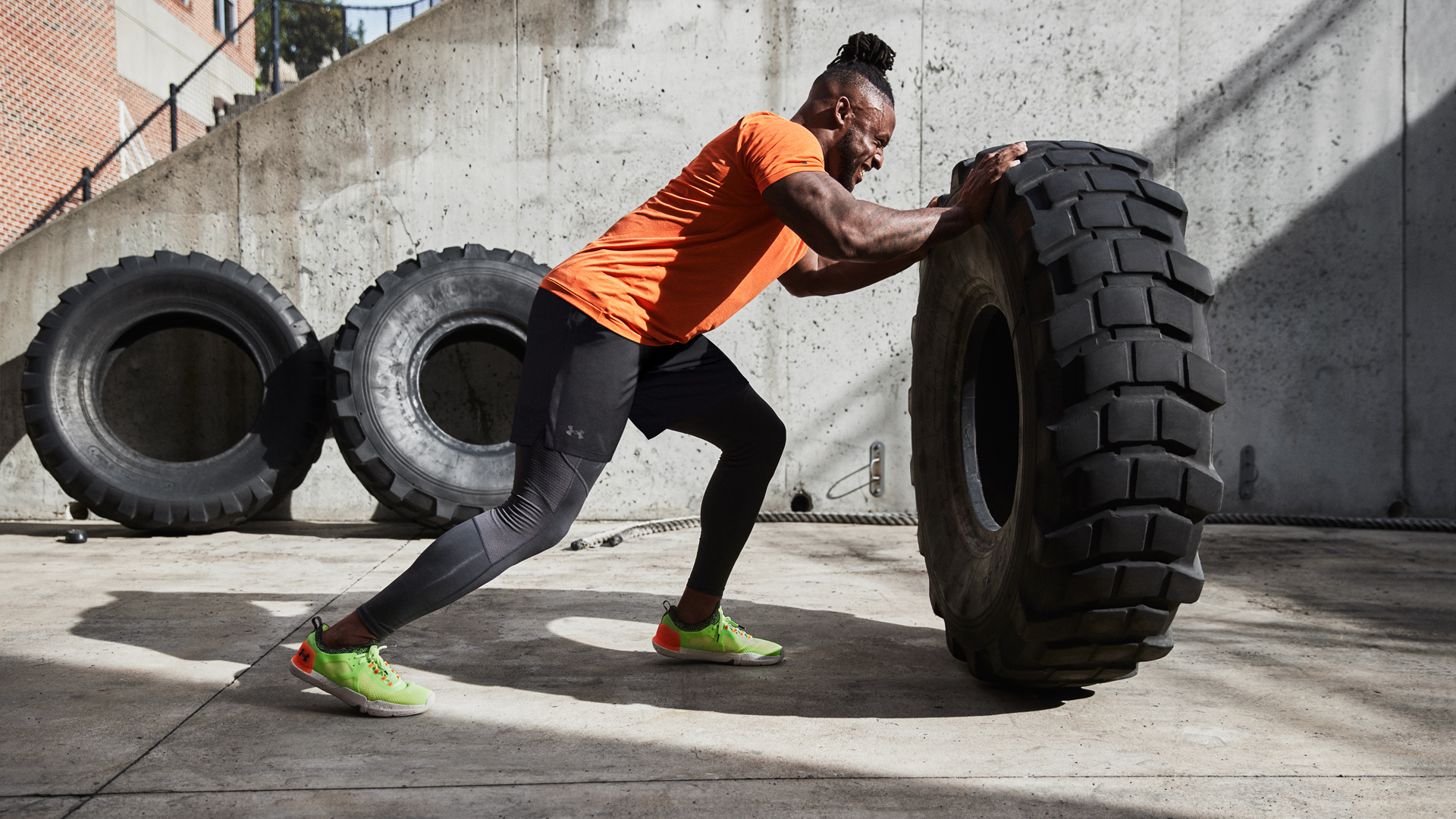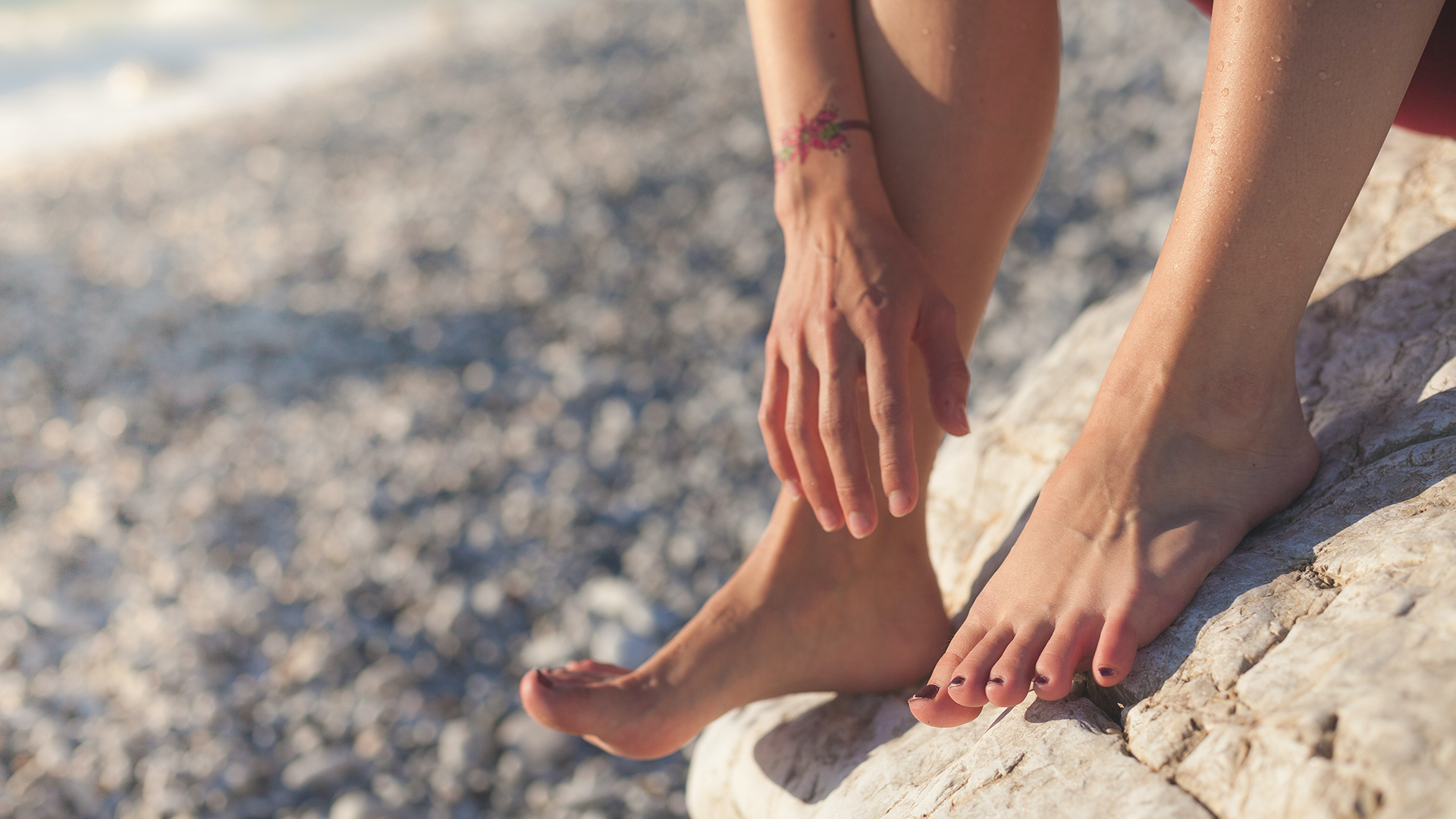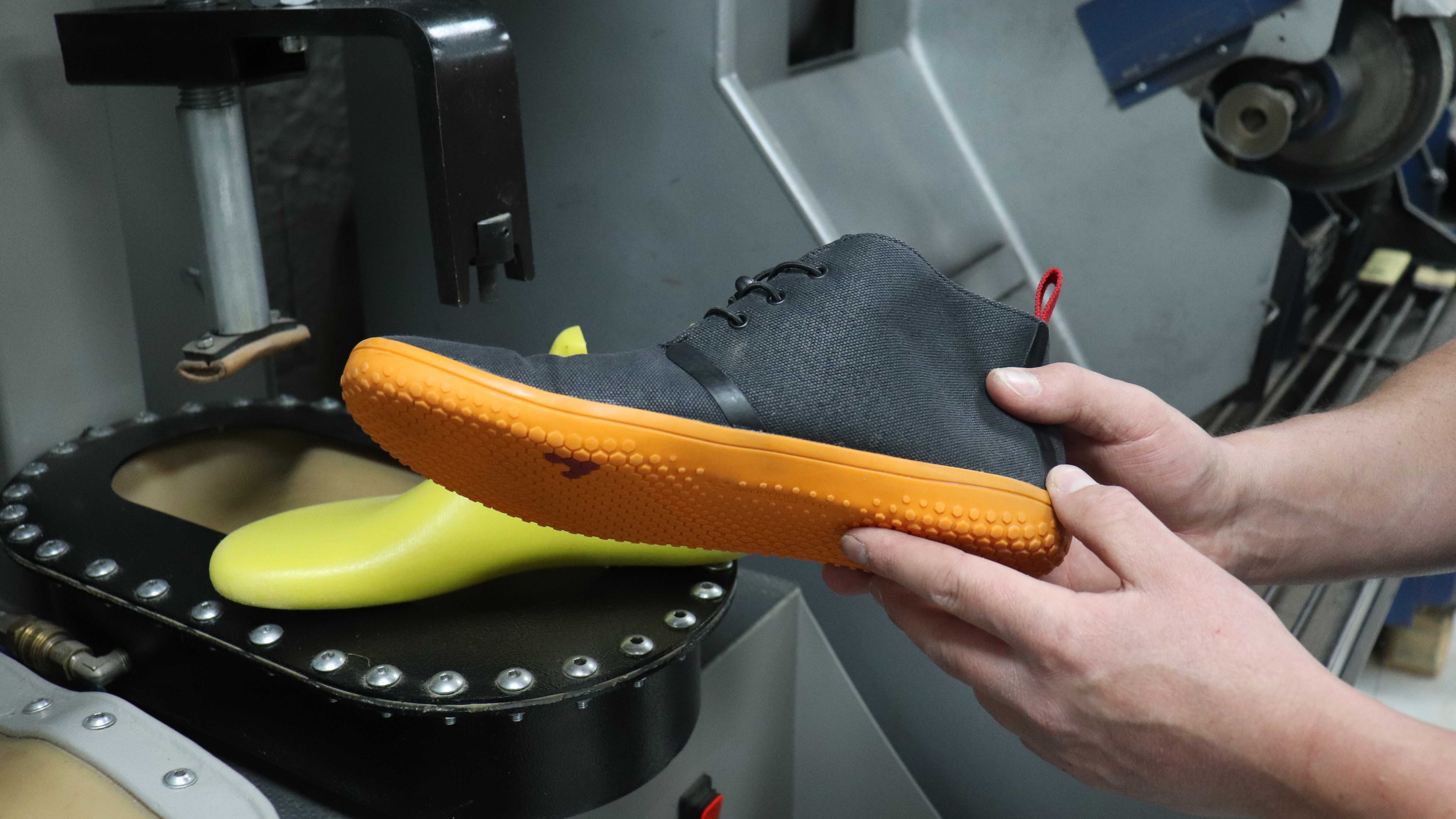

Your feet are probably the last thing you're going to be thinking about when planning your workout – unless you're a runner, probably. However, it's not just runners who can benefit from wearing the right footwear for workouts. People doing circuit training, HIIT workouts and even sports that don't require intense legwork should consider paying more attention to what shoes they wear when working out.
Finding out what the best running shoes and best workout shoes are is a good start; many online buying guides offer sound advice on picking the right footwear for specific workouts. That said, you can't assume that training shoes that work for one person will work for you, too.
For example, let's assume you're looking for a pair of new waterproof running shoes because the weather is dreadful and you want to finish your daily runs without completely drenching your socks and risking a cold. You can pick a shoe from any guide that has good reviews, but it could full well be the case that you need arch support and if so, you'll need stability running shoes to help you avoid knee pain.
And that's just one example. To make sure you’re getting the most out of your workouts and protecting yourself from your ankles down to your toes, Dean Zweck, Product Development Manager at Total Fitness, has shared some of his top tips for choosing the right footwear for your next workout.
1. Function should follow form
We stand on them for the majority of the day, so we must give our feet the love and care they need to help keep them healthy.
"When we exercise, our bodies operate at a higher intensity, which means they take more of a beating than normal", Dean explains, "This is particularly true of our feet, as they take most of the impact whilst we exercise. Therefore, you must wear shoes that can mitigate the effects of impact force and protect your feet; failing to do so increases your risk of both short and long-term injury."
Dean says ankle strains and fractures are some of the most common serious injuries caused by wearing incorrect workout footwear, but they can also cause corns, bunions, and joint pains within your feet, particularly around your toes and the ball of your foot. "These can cause long-term issues, which may prevent you from working out regularly, affecting your day-to-day life, limiting your mobility even when walking."
Sign up to the T3 newsletter for smarter living straight to your inbox
Get all the latest news, reviews, deals and buying guides on gorgeous tech, home and active products from the T3 experts
When picking workout shoes, you should always consider the function of the shoes first; how they look isn't that important, at least from health preservation and performance point of view. Luckily, many sports manufacturers know people want stylish running and workout shoes, so it's not impossible to find footwear that supports you and looks good on your feet.

2. Every foot is different
"Every human is different, right down to our feet, so, as the saying goes, shoes aren't a one-size-fits-all", Dean says, "Aside from the obvious, that people have different sized feet, the shape of our feet can also be drastically different."
All feet have a slight curvature at their base. However, this curvature can vary from person to person. Some people have a much deeper curve – known as an arched foot – while others have flat feet. The width of our feet is also an important factor, as two people can have the same sized feet in length but have very different widths.
"This all means that, when looking for a pair of shoes, you need to consider what kind of feet you have as different feet will need different levels of support depending on their curvature and width", he adds.
3. Get the right footwear for the workout
Different sports place different levels of intensity on our feet. Runners place a large amount of pressure on their feet as they continually hit the floor, whilst those focused on weight training will have their feet planted to the floor, which is less impactful.
"With different sports placing different pressures on your feet, you'll need to pick the right shoes for your chosen sport", Dean explains, "For runners, you'll need some extra cushioning to absorb the impact of your feet hitting the floor. This will not only help to protect your feet and stop any injuries, but it will also help you to run longer, as your feet won't ache as much whilst running."
This extra cushioning might not be required for those who focus on weight training and static workouts. On the contrary, people who perform deadlifts or squats can seriously injure themselves by wearing high stack running shoes designed to roll forward. You'll need low-profile shoes that prioritise grip over cushioning, allowing your feet to feel anchored to the ground for these workouts.
4. Check the fit
"I’m sure many of us have experienced poor-fitting shoes at least once in our lives", Dean says, "If they are too tight our feet can feel trapped, but if they are too loose, it can feel like our feet are flapping about inside our shoes."
He recommends buying shoes that make your feet feel secure but comfortable. If you're a runner, the toe box should allow your feet to expand but the shoes should feel secure even when your feet aren't swollen. For strength workouts, the upper doesn't have to be too tight but the sole should feel flat and grippy; for jumpy HIIT workouts, pick shoes that have a good bounce and a rubber outsole as some classes can get real sweaty that might make hard floors slippery.

5. Check the condition periodically
Whilst we may all have clothing items we hold onto and wear over and over again, your workout shoes shouldn’t be one of them. The continuous use of shoes wears down the soles, which can take away from the very properties you bought them for.
"Particularly in the case of running shoes, where the cushioning will wear down over time"' Dean says, "it’s important to replace your shoes whenever you notice that they feel worn down."
The foam of a typical running shoe will last anything between 400 to 500 miles (640 to 800 km). Racing shoes such as the Nike ZoomX Streakfly or the Under Armour FLOW Velociti Wind will retain their performance properties for even shorter. How soon will you need to replace your shoes depends on how often and for how long you use them.
"So, when you’re heading out on your next workout, whether for a run around your local park, or a quick workout at the gym, you’ll be able to strut out with your best foot forward, knowing your feet will be comfortable and safe", Dean concludes.

Matt Kollat is a journalist and content creator who works for T3.com and its magazine counterpart as an Active Editor. His areas of expertise include wearables, drones, fitness equipment, nutrition and outdoor gear. He joined T3 in 2019. His byline appears in several publications, including Techradar and Fit&Well, and more. Matt also collaborated with other content creators (e.g. Garage Gym Reviews) and judged many awards, such as the European Specialist Sports Nutrition Alliance's ESSNawards. When he isn't working out, running or cycling, you'll find him roaming the countryside and trying out new podcasting and content creation equipment.

